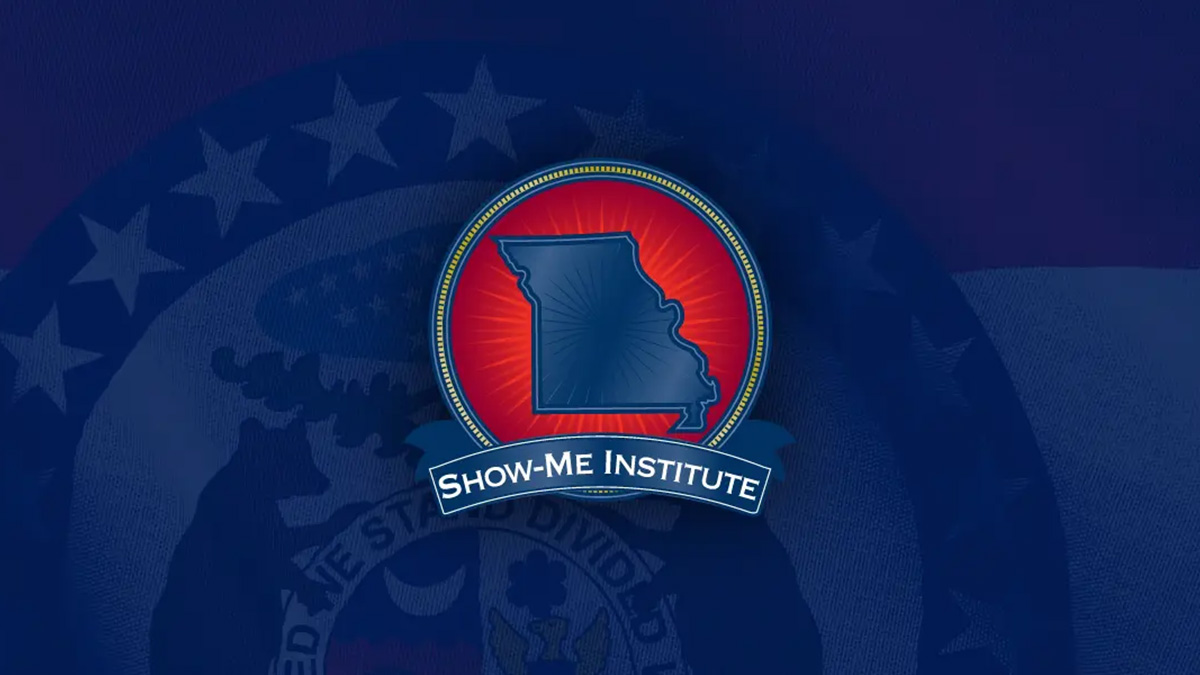Just How Much Does It Cost?
So just how much does it cost to hold an election?
Well, obviously, that depends on the election. If you’re like me, you’ve heard the figures for high-profile, national elections, but the general focus there is campaign costs. What about the cost of renting polling places, printing ballots, and even paying postage on absentee ballots? For a Missouri municipal election, at least, Andrew and Hickory counties were able to shed some light on that question.
For Andrew County in 2002, the total cost of conducting the April municipal election (which includes school district elections) was $12,735.62. According to the secretary of state’s website, the number of registered voters in the county that year was 10,523 (this number was unavailable from the county clerk). At about 20-percent turnout, the cost of the election per registered voter who actually voted was about $6. Not bad.
In 2004, the total cost of the April municipal election was $10,849.57. Registered voters: 11,401. Registered voters voting: 2,296. Cost of election: $4.73 per voter who voted. Even better. For more recent years, costs per voter remained within that range.
So, is this pretty standard for municipal elections in Missouri? Maybe not. Hickory County’s per-voter costs were not even in the same ballpark as Andrew County’s.
In 2004, it cost Hickory County $26.08 per voter who voted to conduct the April municipal election. If we compare the April 2004 municipal elections, Hickory County spent more than 5 times as much as Andrew County per voter who voted.
So what accounts for this difference? The short answer: I’m not sure. My guess would be that it may have something to do with the size of the two counties — Andrew County’s registration is nearly twice that of Hickory County’s, so maybe there are economies of scale at work.
While some costs, like printing ballots, truly are incurred per voter, there may be other costs that every county pays, no matter how many people vote. Those would be spread over a larger group of voters, resulting in lower per-voter costs for larger counties.
That was how Hickory County’s clerk explained the substantial difference in per-voter costs between the two counties. She said that turnout tended to be low for municipal elections in her county. However, in the April 2004 election, both counties had about the same turnout — close to 20 percent. Andrew County, however, had nearly three times as many people vote. That could have contributed to the cost difference.
Regardless, the difference in per-voter costs is striking. It’s likely that Andrew County is doing something to keep election costs low.
It Takes More Than Paper:
According to the list of expenses Andrew County provided, the costs of holding a municipal election include: judges/training/etc.; ballot stock; ballot printing; precinct counter cards; postage; precinct rental; publications; absentee costs/supplies; miscellaneous costs/supplies; compensation (time wages, mileage), and RSMO 115, which includes a broad array of possible costs of conducting elections.
There was a cost listed with each of the above categories. The smallest, $51.08, was for miscellaneous supplies. Included: cellphone expenses, paper, tape, and green pens. The largest, $4,811.25, was for the judges/training/etc. category.
Although the above amounts certainly don’t allow me to make any sweeping generalizations, they are interesting simply as case studies of two Missouri counties — and two very different Missouri counties when it comes to election costs.
If you would like a more detailed breakdown of election costs in Andrew County, or if you have any comments, please email me.
[NOTE: A few of the figures used in this entry have changed since it was originally posted, because the numbers have now been standardized between counties.]


